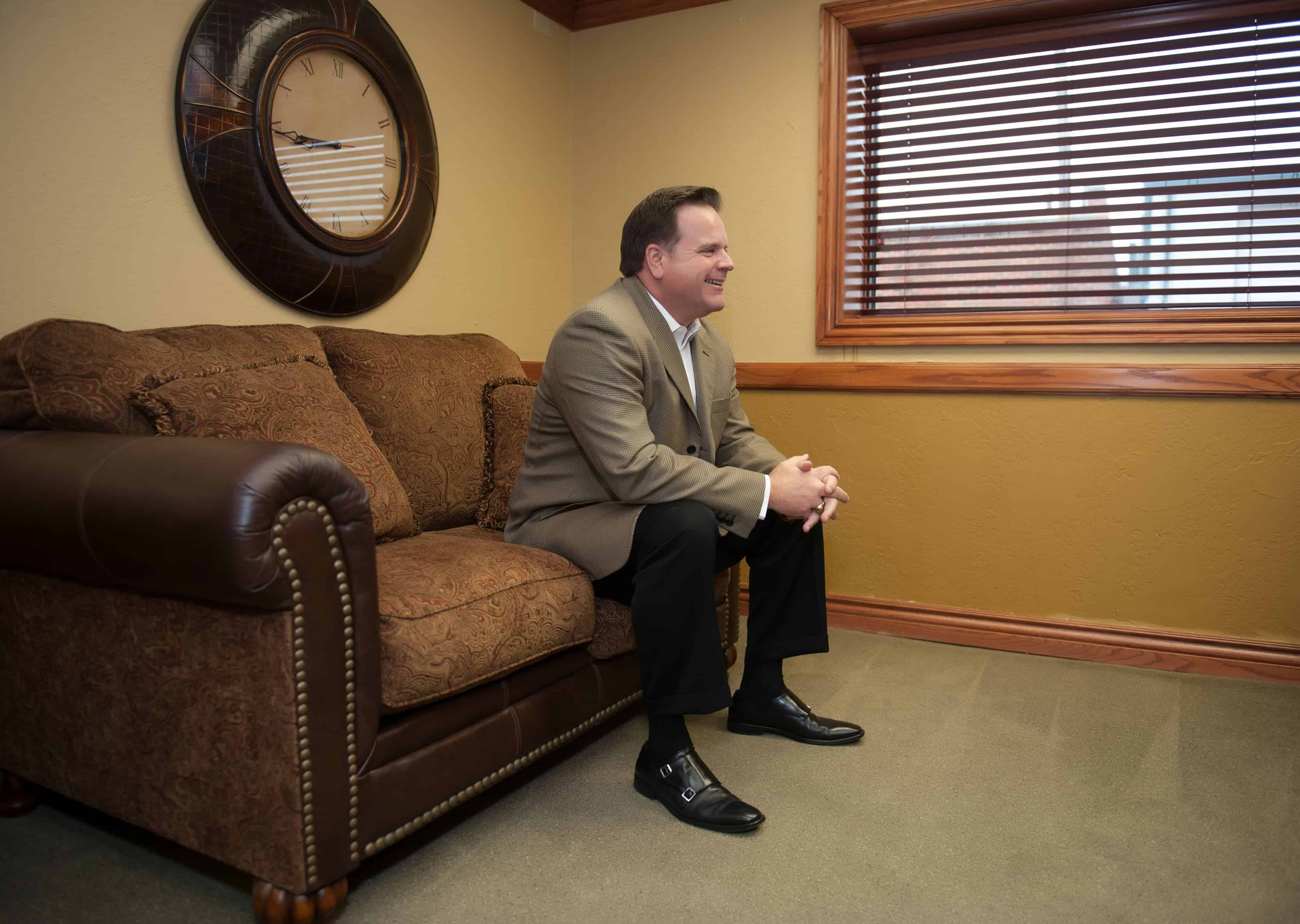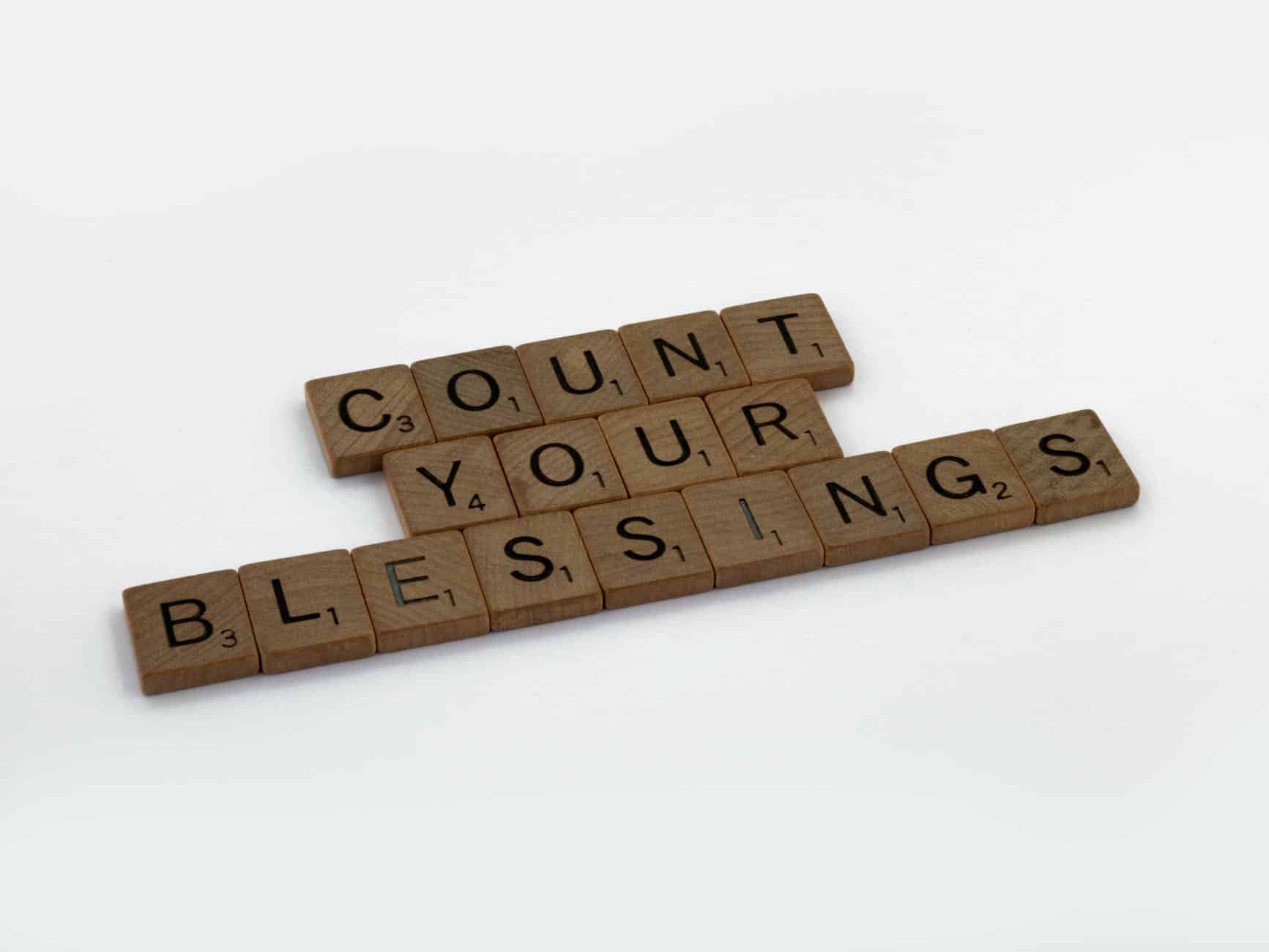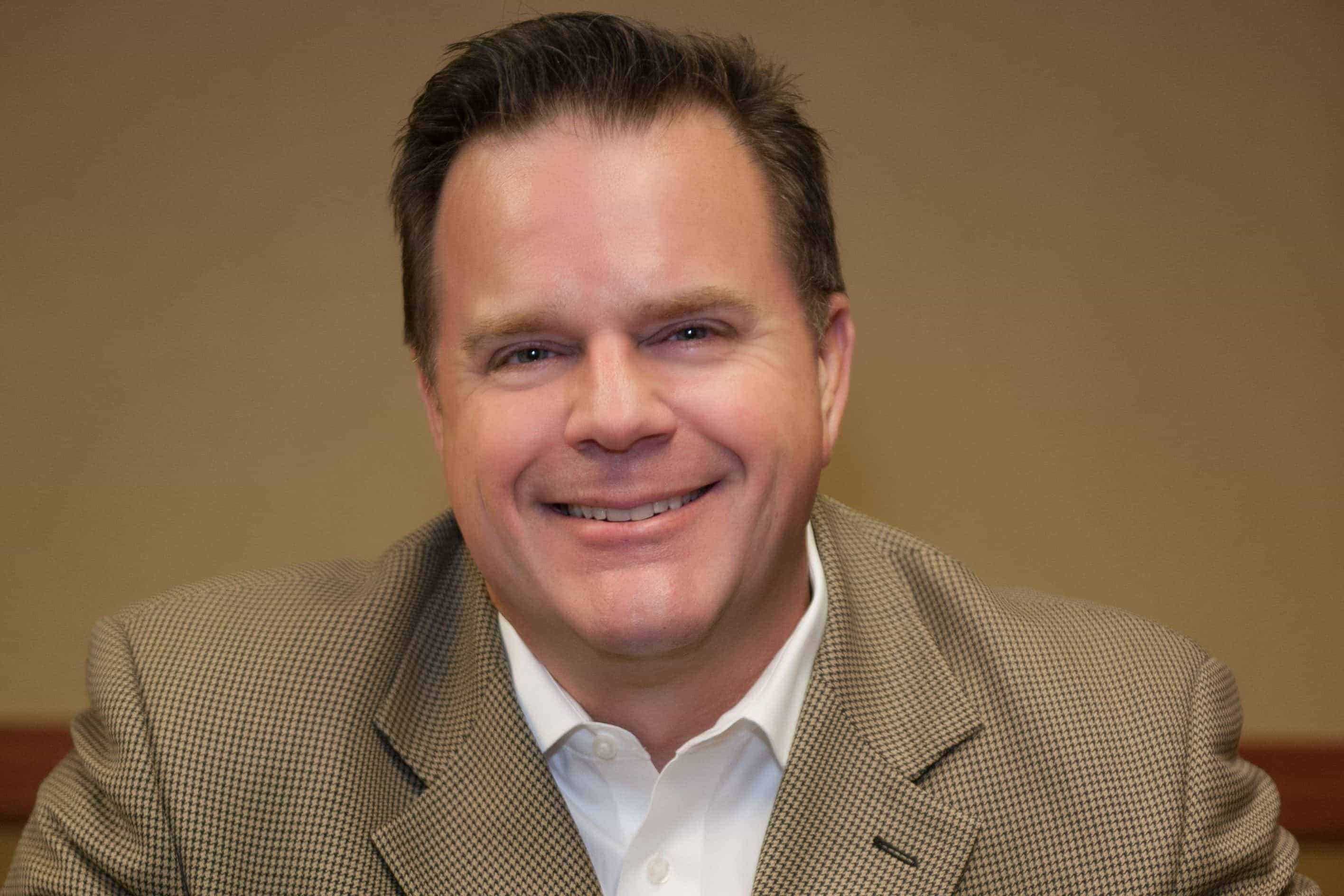It is that time of year when each of us should pause and reflect on the life we lead in the United States of America. While our nation is far from perfect, the freedoms, opportunities and rights we claim are superior to any other nation on the planet! I am often asked how I define “wealth”. Many people think it is about tangible goods (i.e., cars, houses, land, etc.) and intangible assets (i.e., investments, cash in the bank, etc.).
To me, to be wealthy simply means that I have the freedom to live my life in the manner I choose. An old friend, I will call “Bill”, was diagnosed with cancer and given a short time to live. He and I were talking and I thought I had known him pretty well. Boy, was I surprised with the words that came out of Bill’s mouth over the next thirty minutes!
By all outward appearances, Bill had a great life – money, land, houses, cars, boats, etc. When he started telling me about his life he quickly dismissed the value of his property, cars and investment accounts and began a story of loss in his life. His daughters had been estranged from him due to a misunderstanding when the girls were in the 20s. Now, with his daughters in their 40s and Bill dying of cancer, he realized the most valuable “asset” in his portfolio of wealth had been squandered many years ago. With tears in his eyes, I could see he was living a life of regret.
As I sat there intently listening, Bill continued his saga to define the difference between riches and true wealth. Although he had not worried or wanted for any material need during his life, his emotional void with his children had left him feeling that his life had been lived without meaning. I asked him a simple question, “Would you give it all away to spend some quality days with your daughters before your passing?” The biggest smile came upon his face and he nearly shouted, “You bet!”
After a discussion with Bill’s daughters, a meeting was established to reacquaint themselves. Bill and his daughters’ eyes were swollen with tears of joy as their family was reunited. Bill only lived a few more months but his daughters conveyed to me that those few months were the most happy he had been his entire life.
Remember, a thankful and kind heart is an asset that can’t be bought with material goods. I often define wealth to people as “those things in life that money can’t buy and death can’t take away.” Seek out the true “assets” in your life and enjoy a blessed Thanksgiving Day with family and friends!











